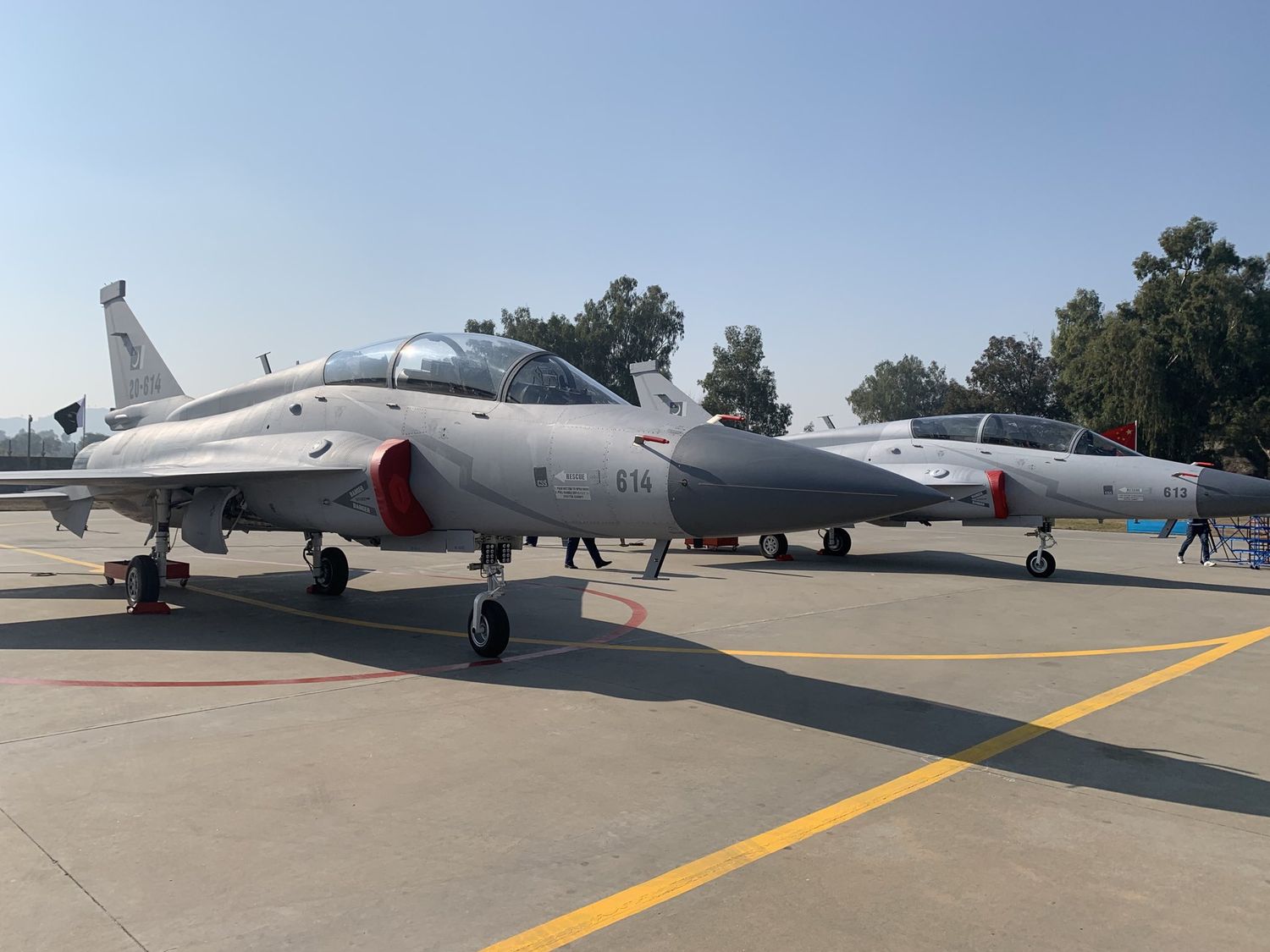A delegation of pilots and technicians traveled to China to evaluate the capabilities of the Sino-Pakistani fighter JF-17 Thunder, one of the main candidates to provide the Argentine Air Force (FAA) with supersonic fighter capability.

DangDai media confirmed the visit of the Argentine delegation to the CATIC (China National Aero-Technology Import & Export Corporation) facilities, located in the city of Chengdu. There, the Argentine personnel carried out different technical evaluation stages that included the use of simulators, cockpit practices and evaluation flight tests.
Given the restrictions imposed by China due to the resurgence of COVID-19 cases in the country, the Argentine personnel had to undergo a 28-day quarantine. However, CATIC personnel had made available to the Argentine delegation diverse technical documentation and even a flight simulator, for that lockdown time not to be wasted and to become familiar with the JF-17 Thunder model.
This evaluation is essential to acquire a thorough knowledge of the fighter aircraft under study, to be able to make an informed decision on whether to incorporate one or another weapon system.
Of the five supersonic-capable candidates originally vetted by the Argentine Air Force (the Israeli Kfir, the American F-16, the Russian MiG-35, the Indian Tejas and the Sino/Pakistani JF-17), only the JF-17 and the second-hand F-16 remain in the final stretch.
The Argentine delegation should travel to Denmark soon to evaluate the technical characteristics of a dozen F-16A/B MLU that were offered, as the Royal Danish Air Force (RDAF) is replacing them with F-35 Lightning IIs.
Ill-concealed favoritism
Paradoxically, even before carrying out this in-depth evaluation, the Argentine government had already been giving clues about its preference for the Chinese option.
The clearest and most forceful of these was evidenced on September 15, 2021, when the Argentine budget proposal bill for fiscal year 2022 included a provision of US$ 664 million for the acquisition of fighter jets, specifically the JF-17 Thunder Block III.
The news was first published on this site, as a world first, and caused a great stir in Argentina, China, and Pakistan. Finally, the Argentine Government was forced to issue a communiqué on September 21, in which it clarified that no final decision had been reached on the new fighter aircraft model to be incorporated, and that five candidates were still being evaluated.
The unavoidable political component of a technical selection
Although there is still no official position on the fighter aircraft model to be chosen, and both Israel and India have renewed their offers for the IAI Kfir NG and HAL Tejas Mk1A, respectively, the fact that the options are precisely those of China and the U.S. seems to indicate that what Argentina is really trying to decide is its geostrategic alignment.
Both the ex-Danish F-16 and the new JF-17 Block III represent quite different proposals, from the technical point of view, each one with its virtues and defects.

But the acquisition of a weapon system as complex as combat aircraft also implies the establishment (or continuity) of a long-term commercial, technical and political relationship between the supplier and the recipient country. And this is the most difficult variable for the Argentine government to evaluate, particularly in the current situation of a clear confrontation between the two major powers in the world: the United States and China.
See also: We went to the Pakistan Aeronautical Complex booth and asked about the JF-17
Argentina, in choosing its next fighter jet, could be deciding on its future alignment in international politics for the next 10 to 20 years, and the dangerous currents separating the two global superpowers are not easy to navigate.



Comentarios
Para comentar, debés estar registrado
Por favor, iniciá sesión